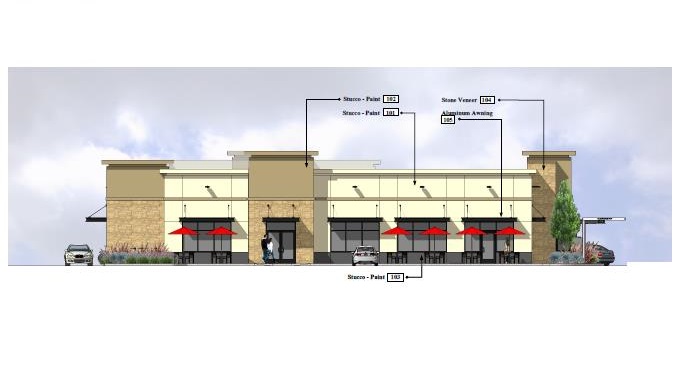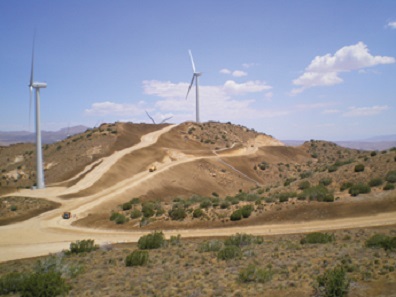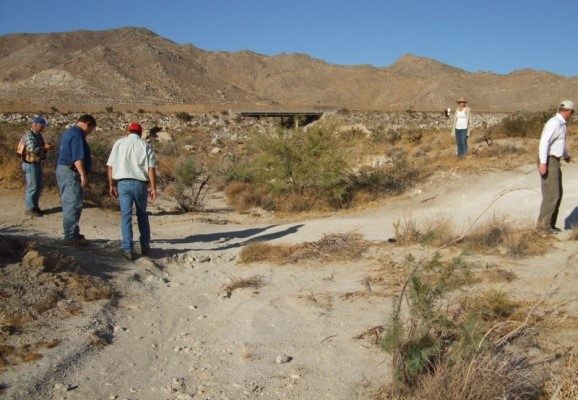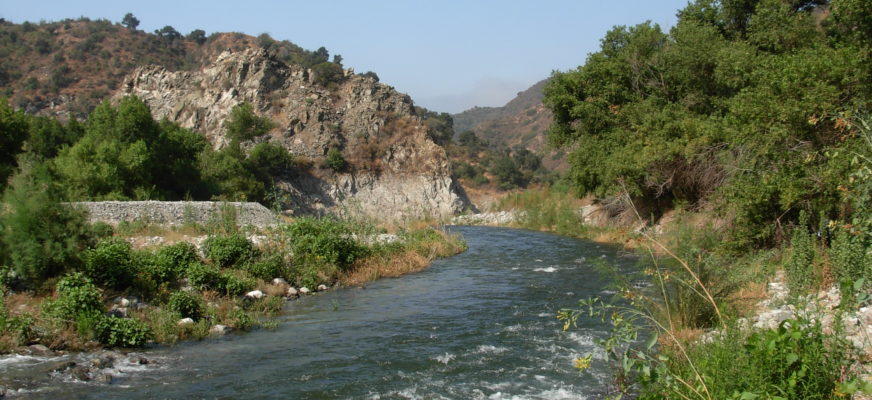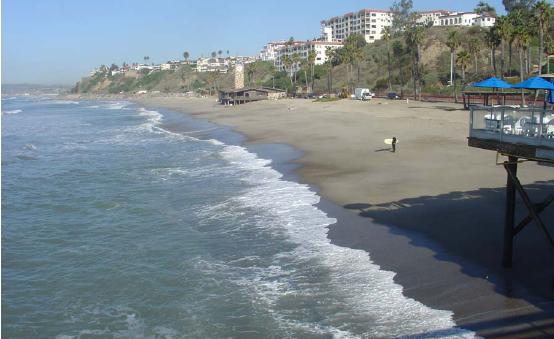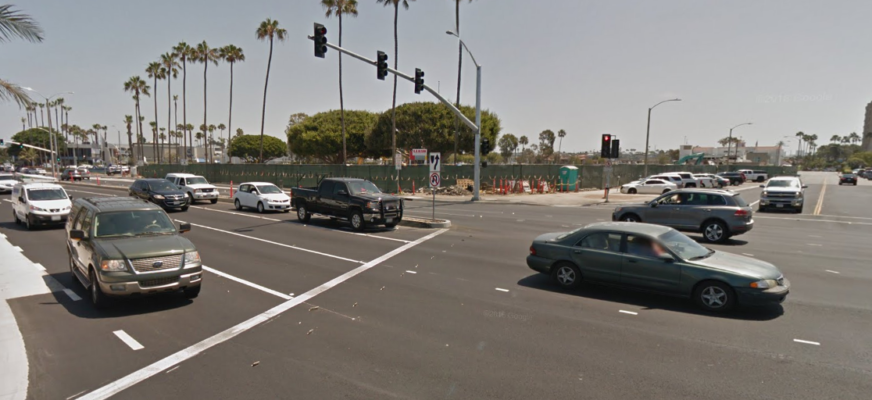AT&T Victorville
To support the massive effort to upgrade or install 240 miles of fiber optic cable across central California, Chambers Group provided NEPA/CEQA services, compliance monitoring, wetlands delineations, construction monitoring and numerous mitigation services for both biological and cultural resources.
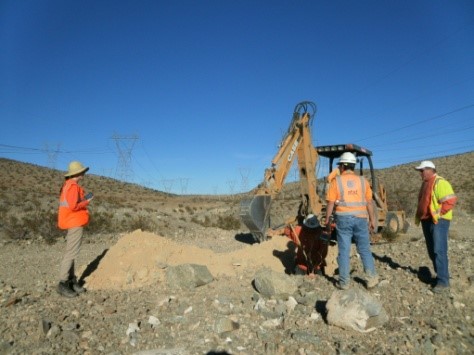
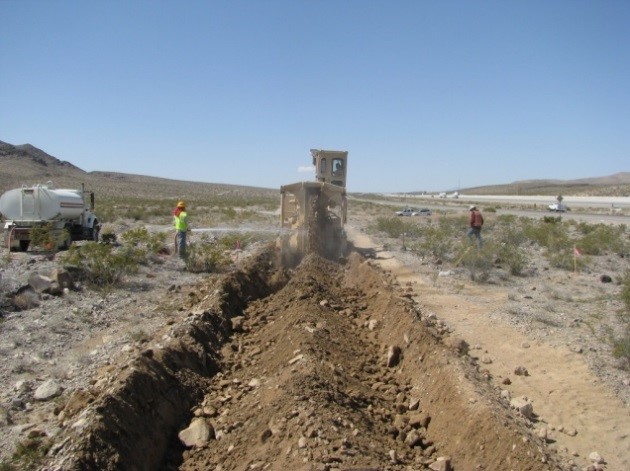
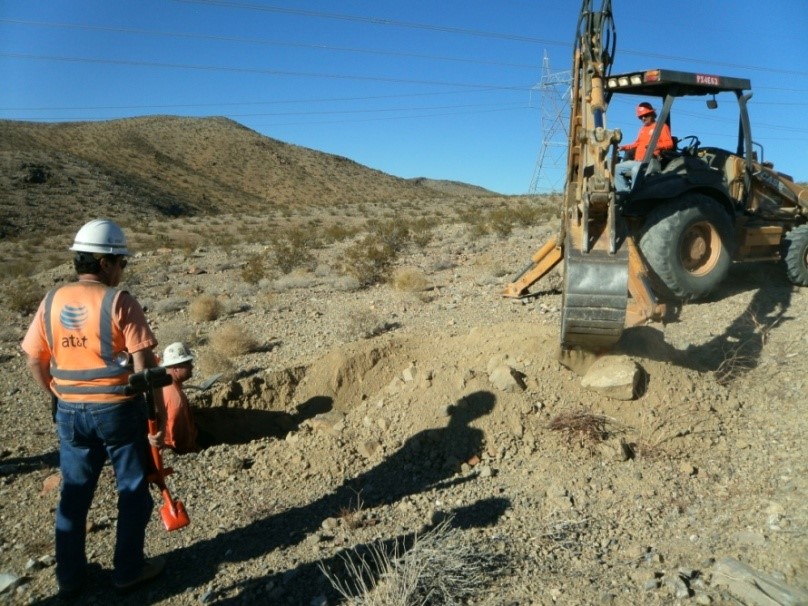
- California Natural Diversity Database (CNDDB) Review
- National Preservation Society (NPS)
- Electronic Inventory of Rare and Endangered Vascular Plants
- Department of Parks and Recreation (DPR)
- Field Surveys for burrowing owl (Athene cunicularia)
- Army Corps of Engineers (ACE)
- desert tortoise (Gopherus agassizii)
- Jurisdictional Delineation
- Plant communities
- species and soil on the Project Route were identified and qualitatively described and mapped
- Initial Take Permit Application Package to support the California Endangered Species Act (Pursuant to 14 CCR Section 783.2 and California Public Resources Code Section 2081)
- Acquisition of field authorization permits from BLM and NPS
- Cultural resources records search
- Intensive pedestrian surveys and recordation of new and previously recorded cultural resources within the established 60-foot area of potential effect (APE) that surrounds the project line
- Preparation of Department of Parks and Recreation (DPR) Series 523 site forms
- Management recommendations for avoiding and/or minimizing adverse effects to the cultural resources identified and recorded during the study
- California Native Plant Society (CNPS)
- Joint Environmental Assessment/Initial Study/Mitigated Negative Declaration
Originally installed in 1988, the Fiber Optic Cable line route running from Victorville, CA to Las Vegas, NV crosses land owned and/or managed by the Bureau of Land Management (BLM), U.S. National Park Service (NPS), San Bernardino County (SBC), Los Angeles Department of Water and Power (LADWP), the Southern California Public Power Authority (SCPPA), the Intermountain Power Agency (IPA), the Atchison, Topeka and Santa Fe Railway (ATSF), Union Pacific Railroad (UPRR), Caltrans Division of Right of Way and Land Surveys (Caltrans ROW), as well as private individuals and entities.
As AT&T (date?) tackled the monumental task of upgrading and replacing the line, and as any builder or telecom provider knows when they read that list, AT&T knew that every organization, agency and individual had a host of interests and regulations unique to each. Fail at meeting one single regulation of the thousands upon thousands and face a grinding halt to the entire project.
This meant that the effort to upgrade and replace segments of the 240-mile cable would mean satisfying a myriad of agencies: U.S. Fish and Wildlife Service, California Department of Fish and Wildlife, Mojave Desert Air Quality Management District, Section 7 of the Endangered Species Act, Sections 404 and 401 of the Clean Water Act, Porter-Cologne Clean Water Act, Code of Federal Regulations, Section 106 of National Historic Preservation Act, and many more. Taking lead in all environmental permitting and monitoring, Chambers Group did exactly what it has been doing since 1978:
Chambers Group delivered every last environmental permit, survey, and monitoring item across the entire 200+ mile project. There were no stoppages, no inquiries, no delays.
Any project with such vast a project area is a test of on-the-ground field workers understanding of extraordinarily complicated regulations and their abilities to make decisions on the fly. While there is a laundry list of specific activities Chambers Group staff and management undertook in playing their part in keeping the Fiber Optic Cable Project moving forward, more than anything, the story of this project is the story of intricate project understanding and decisive problem solving at every level of Chambers Group staff.
Deprecated: Function get_magic_quotes_gpc() is deprecated in /var/www/dev.vadimages.com/chambers-group/wordplate/public/wordpress/wp-includes/formatting.php on line 2402
“As a former AT&T employee who worked this area of [fiber optic cable] installation for the past 25 years, I'm sending this note of gratitude to your employees who worked in the field. From the man in the ditch to decision makers…I felt at ease with everyone concerned…I would enjoy working with them anytime."
Ray Gailey, Forkert Engineering

